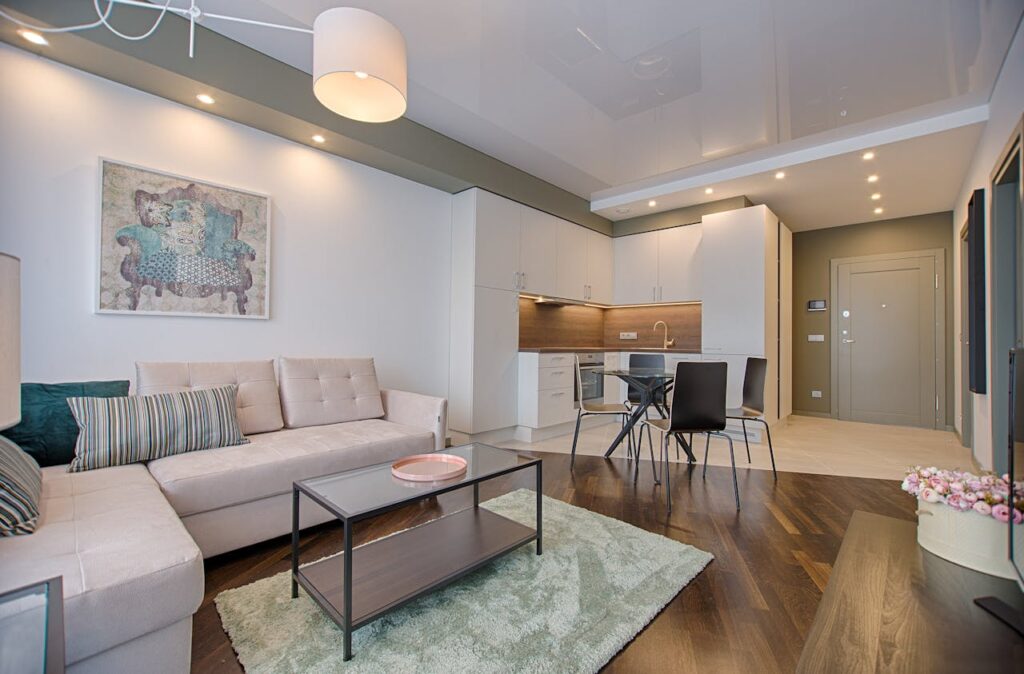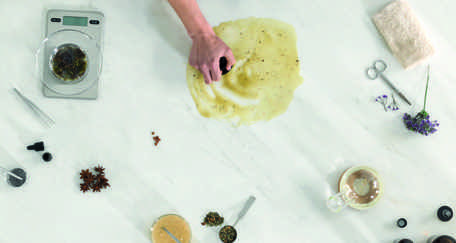
Why Tiles Are the Best Choice for Hot and Humid Climates?
Hot and humid climates present unique challenges when it comes to building materials. From combating moisture to withstanding high temperatures, choosing the right flooring and wall options can significantly impact the comfort, aesthetics, and longevity of a space. Among the available materials, tiles stand out as the best choice for these climates. Here’s why:
1. Moisture Resistance
In humid environments, excess moisture can lead to problems such as mold, mildew, and damage to flooring materials. Tiles, particularly ceramic and porcelain, are non-porous when properly sealed. This means they don’t absorb moisture, making them highly resistant to water damage. Even in areas prone to spills or splashes, such as kitchens and bathrooms, tiles maintain their integrity.
2. Durability and Longevity
Tiles are renowned for their strength and durability, which makes them ideal for hot and humid regions. They can withstand wear and tear from heavy foot traffic, furniture, and temperature fluctuations without cracking or fading. With proper maintenance, tiles can last for decades, offering an excellent return on investment.
3. Cooling Effect
One of the standout benefits of tiles in hot climates is their natural cooling effect. Unlike materials such as carpet or wood, tiles do not retain heat. Instead, they help keep interiors cool by dissipating heat quickly. This feature can significantly enhance comfort in tropical or subtropical climates and even reduce reliance on air conditioning, contributing to energy savings.
4. Ease of Maintenance
Hot and humid climates often mean more dust, dirt, and allergens in the air. Tiles are incredibly easy to clean and maintain, requiring only regular sweeping and mopping to stay spotless. Their smooth surface doesn’t trap dirt or allergens, promoting better indoor air quality—a crucial factor in regions with high humidity.
5. Resistance to Mold and Mildew
Humidity creates the perfect environment for mold and mildew growth, which can damage materials and pose health risks. Tiles’ non-porous nature and easy-to-clean surface make them highly resistant to such growth. Additionally, grout can be sealed to further prevent moisture penetration and microbial buildup.
6. Versatility in Design
Tiles come in an array of styles, colors, and patterns, allowing homeowners to achieve virtually any aesthetic they desire. Whether you prefer the look of natural stone, wood, or a sleek modern finish, tiles can replicate these appearances while providing the added benefits of durability and moisture resistance.
7. Outdoor and Indoor Suitability
In hot and humid regions, outdoor spaces such as patios, balconies, and pool areas often need materials that can withstand the elements. Tiles designed for outdoor use are slip-resistant and weatherproof, making them an excellent choice for extending your living space seamlessly from indoors to outdoors.


 Afrikaans
Afrikaans Albanian
Albanian Amharic
Amharic Arabic
Arabic Armenian
Armenian Azerbaijani
Azerbaijani Basque
Basque Belarusian
Belarusian Bengali
Bengali Bosnian
Bosnian Bulgarian
Bulgarian Catalan
Catalan Cebuano
Cebuano Chichewa
Chichewa Chinese (Simplified)
Chinese (Simplified) Chinese (Traditional)
Chinese (Traditional) Corsican
Corsican Croatian
Croatian Czech
Czech Danish
Danish Dutch
Dutch English
English Esperanto
Esperanto Estonian
Estonian Filipino
Filipino Finnish
Finnish French
French Frisian
Frisian Galician
Galician Georgian
Georgian German
German Greek
Greek Gujarati
Gujarati Haitian Creole
Haitian Creole Hausa
Hausa Hawaiian
Hawaiian Hebrew
Hebrew Hindi
Hindi Hmong
Hmong Hungarian
Hungarian Icelandic
Icelandic Igbo
Igbo Indonesian
Indonesian Irish
Irish Italian
Italian Japanese
Japanese Javanese
Javanese Kannada
Kannada Kazakh
Kazakh Khmer
Khmer Korean
Korean Kurdish (Kurmanji)
Kurdish (Kurmanji) Kyrgyz
Kyrgyz Lao
Lao Latin
Latin Latvian
Latvian Lithuanian
Lithuanian Luxembourgish
Luxembourgish Macedonian
Macedonian Malagasy
Malagasy Malay
Malay Malayalam
Malayalam Maltese
Maltese Maori
Maori Marathi
Marathi Mongolian
Mongolian Myanmar (Burmese)
Myanmar (Burmese) Nepali
Nepali Norwegian
Norwegian Pashto
Pashto Persian
Persian Polish
Polish Portuguese
Portuguese Punjabi
Punjabi Romanian
Romanian Russian
Russian Samoan
Samoan Scottish Gaelic
Scottish Gaelic Serbian
Serbian Sesotho
Sesotho Shona
Shona Sindhi
Sindhi Sinhala
Sinhala Slovak
Slovak Slovenian
Slovenian Somali
Somali Spanish
Spanish Sundanese
Sundanese Swahili
Swahili Swedish
Swedish Tajik
Tajik Tamil
Tamil Telugu
Telugu Thai
Thai Turkish
Turkish Ukrainian
Ukrainian Urdu
Urdu Uzbek
Uzbek Vietnamese
Vietnamese Welsh
Welsh Xhosa
Xhosa Yiddish
Yiddish Yoruba
Yoruba Zulu
Zulu